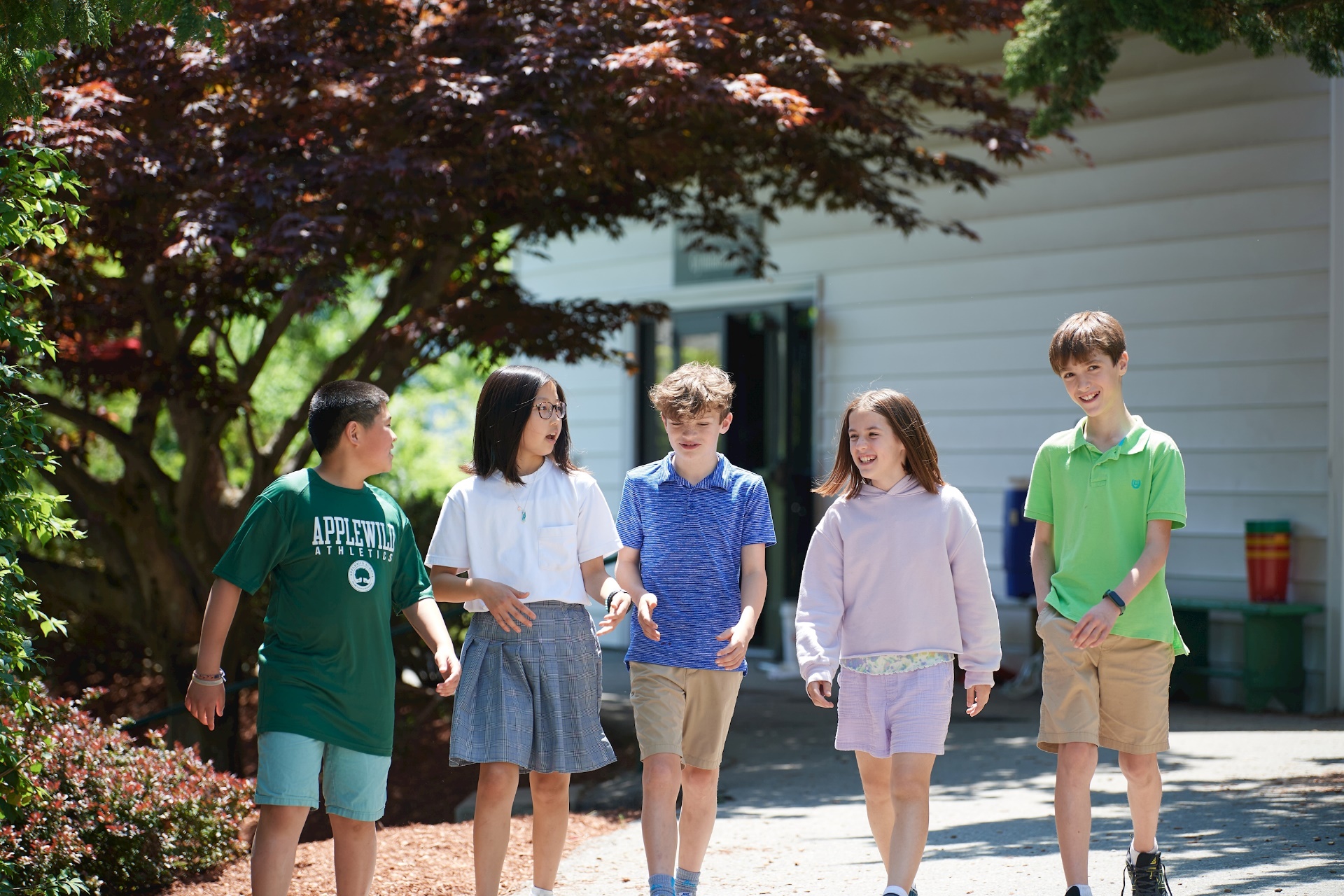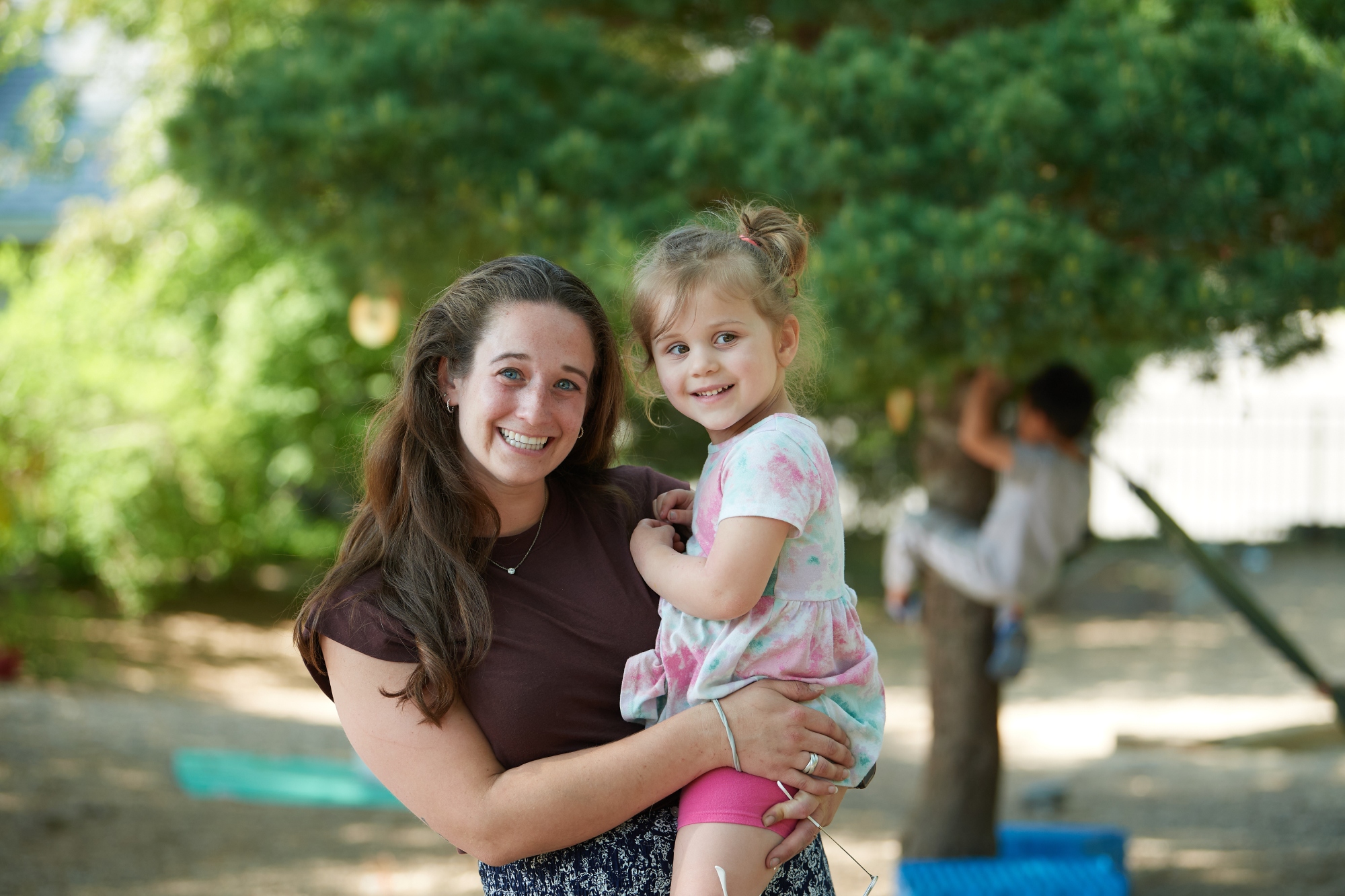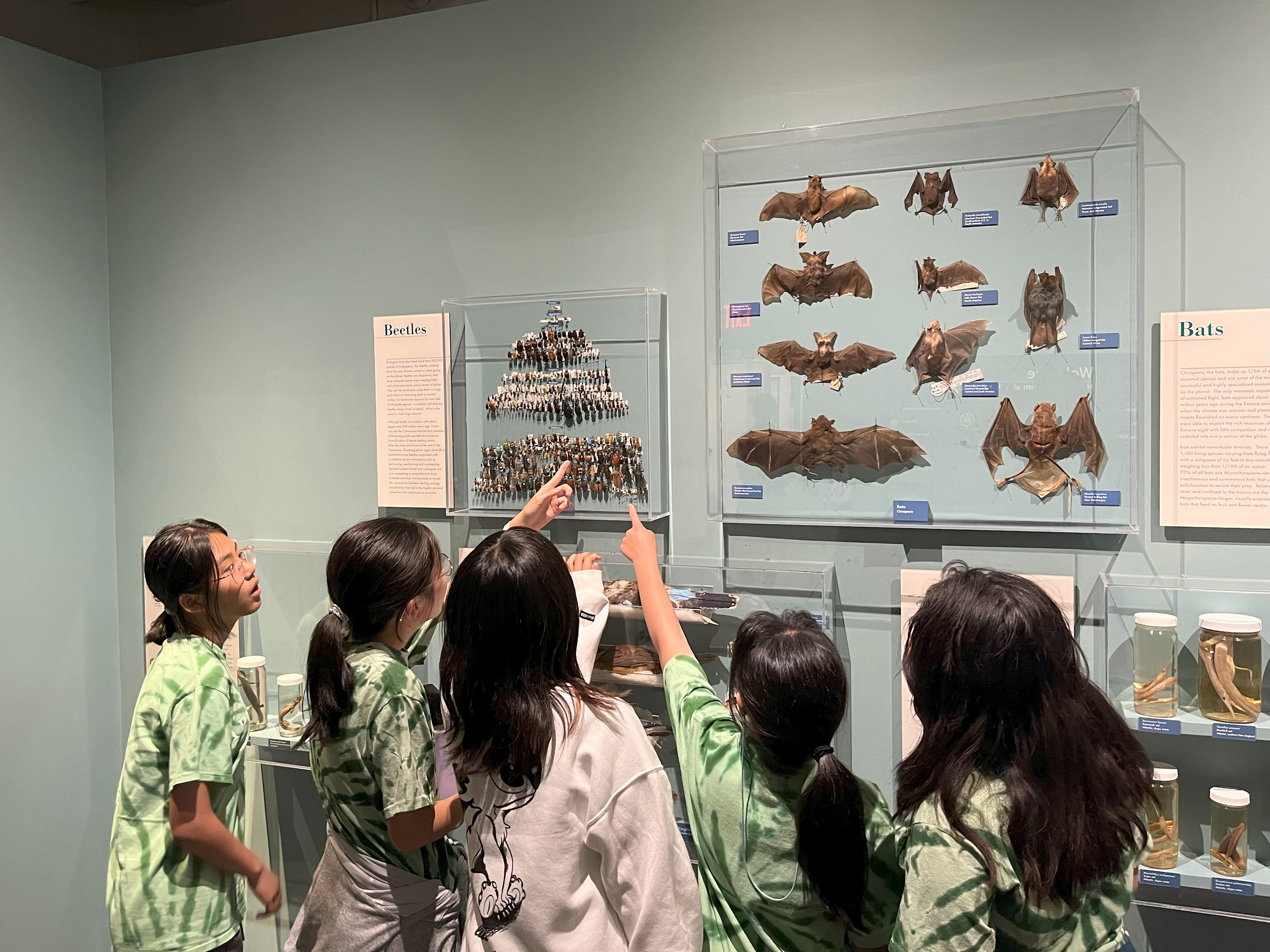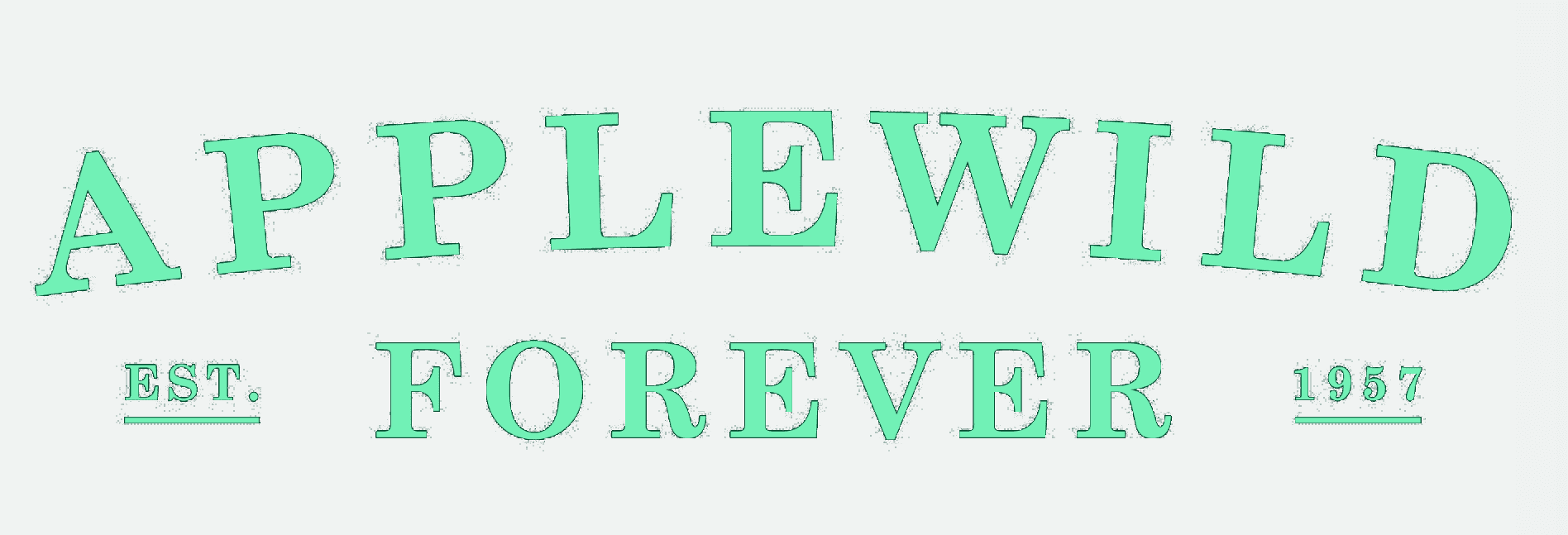January 22, 2025
By Amy Jolly, Head of School
An independent school education truly is a gift that lasts a lifetime, and the only investment guaranteed to “pay off” over time. Just as families want private school opportunities for their children, schools want to educate as many mission-aligned students as possible. How do schools and families make this investment work financially? Given the pricetag of most high-quality independent schools, many families do not have money to cover the tuition in full.
Schools also do not have the funds to give full tuition to everybody. It’s important to understand that independent schools are 501(c)(3) non-profit institutions, which means they receive no funding from the government, towns, or churches. All operating costs are covered by the school itself.
Working together, a transformative education is financially possible. Let’s break it down.
INDEPENDENT SCHOOL ‘MATH’
At first glance, tuition may seem high, but for most independent schools, it doesn’t cover the full cost of educating a student. For example, at Applewild School (Preschool–9th grade), we spend $37,000 annually per child on average (for day students). However, our tuition ranges from $25,500 to $35,800. Even families paying full tuition benefit from a built-in discount, as we work hard to contain costs and keep our programs as accessible as possible.
WHERE DOES THE MONEY GO?
You might be wondering: if local public schools spend between $15,500 and $19,000 per student, why does an independent school education cost more? Here’s why:
- Smaller Class Sizes: Independent schools typically have classes half the size of public schools, which allows for more personalized attention.
- Exceptional Educators: More investment is made in highly qualified teachers who bring learning to life.
- Comprehensive Programs: Independent schools provide a broader view of education, including drama, studio arts, clubs, electives, instrumental music, public speaking, interscholastic athletics, design, and engineering - all of which are considered essential, not optional.
Children between the ages of 3 and 15 are like sponges, and these enriching experiences help set them on a trajectory for lifelong learning and success.
HOW DO SCHOOLS COVER THEIR COSTS?
Tuition revenue covers about 75% of the cost of running our school, with the remainder supported by fundraising, and auxiliary programs, such as summer camps. Many independent schools have endowments or pools of funding provided by generous donors. When schools need to build new facilities - like Applewild’s new Athletics & Wellness Center - they turn to philanthropy. This project, for example, is 100% donor-funded.
WHO RECEIVES FINANCIAL SUPPORT?
As Independent institutions, all private schools have their own priorities and abilities to offer financial support to their students. A small group of private schools have sufficient endowments to be able to guarantee 100% full tuition support for families earning below a certain threshold. For example, Groton School waives tuition, room, and board for students from families with incomes below $80,000. Applewild School pursues a ‘need-blind’ approach to admissions where students are first admitted, and then financial aid is assessed.
The National Association of Independent Schools (NAIS) reports that financial aid applicants span a wide range of income levels:
- 17% earn less than $50,000
- 24% earn between $50,000 and $100,000
- 21% earn between $100,000 and $150,000
- 15% earn between $150,000 and $200,000
- 23% earn more than $200,000
The report goes on to show that schools commit significant resources to need-based financial aid, merit-based scholarships, and other methods of lowering tuition to meet a variety of enrollment goals.
In 2022–2023, more than 167,000 students (26% of all enrolled students) received need-based financial aid, averaging $17,907 per student ($16,033 for day school students and $37,888 for boarding-day school students). NAIS member schools collectively provided $3 billion in need-based financial aid and $216 million in non-need-based assistance, which went to 7.6% of enrolled students who received an average award of about $11,860.
FINANCIAL AID VS. SCHOLARSHIPS
- Financial Aid: Based on a family’s financial situation.
- Scholarships: Merit-based and not tied to financial need.
While most non-profit accredited private schools offer financial aid, only some offer merit-based scholarships. Schools offering merit-based scholarships do so to meet institutional priorities. For example, Applewild offers scholarships aligned with our Core Value of Civic-Mindedness, providing 50% tuition coverage for children of first responders, military personnel, and educators. We also offer middle school merit scholarships (grades 6, 7, and 8) for students excelling in academics, arts, or athletics, open to day, boarding, and international students.
Independent schools value excellence, and seek to attract students who will help the school meet its mission. Scholarships are generally open to day, boarding, and international students as the goal of schools is to educate as many talented students as possible within a vibrant community of varied perspectives and life experiences.
TAKE THE LEAP: NOTHING VENTURED, NOTHING GAINED
If you’re interested in the transformative experiences an independent school offers but are concerned about affordability, apply for financial aid or scholarships. The process is confidential and straightforward. Most schools, including Applewild, use trusted third-party platforms like Clarity (https://app.clarityapp.com/sign-up) to assess need.
AN INVESTMENT IN YOUR CHILD’S FUTURE
Choosing an independent school reflects a deep commitment to your child’s education and future. While it may feel overwhelming to consider this investment, families consistently find that the value of a personalized, transformative education in a warm and inspiring environment is well worth it.


.jpg)





.png)
